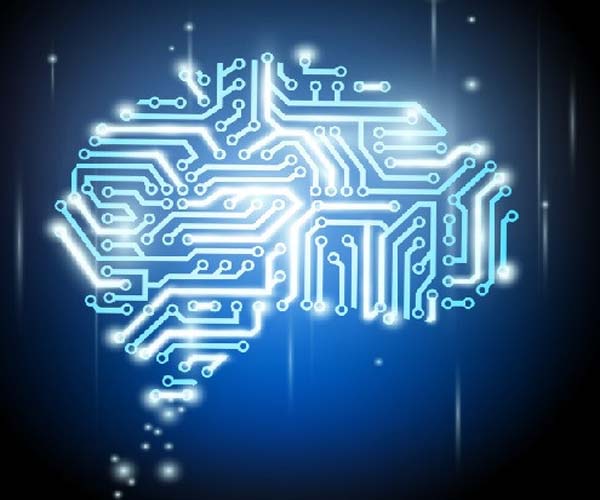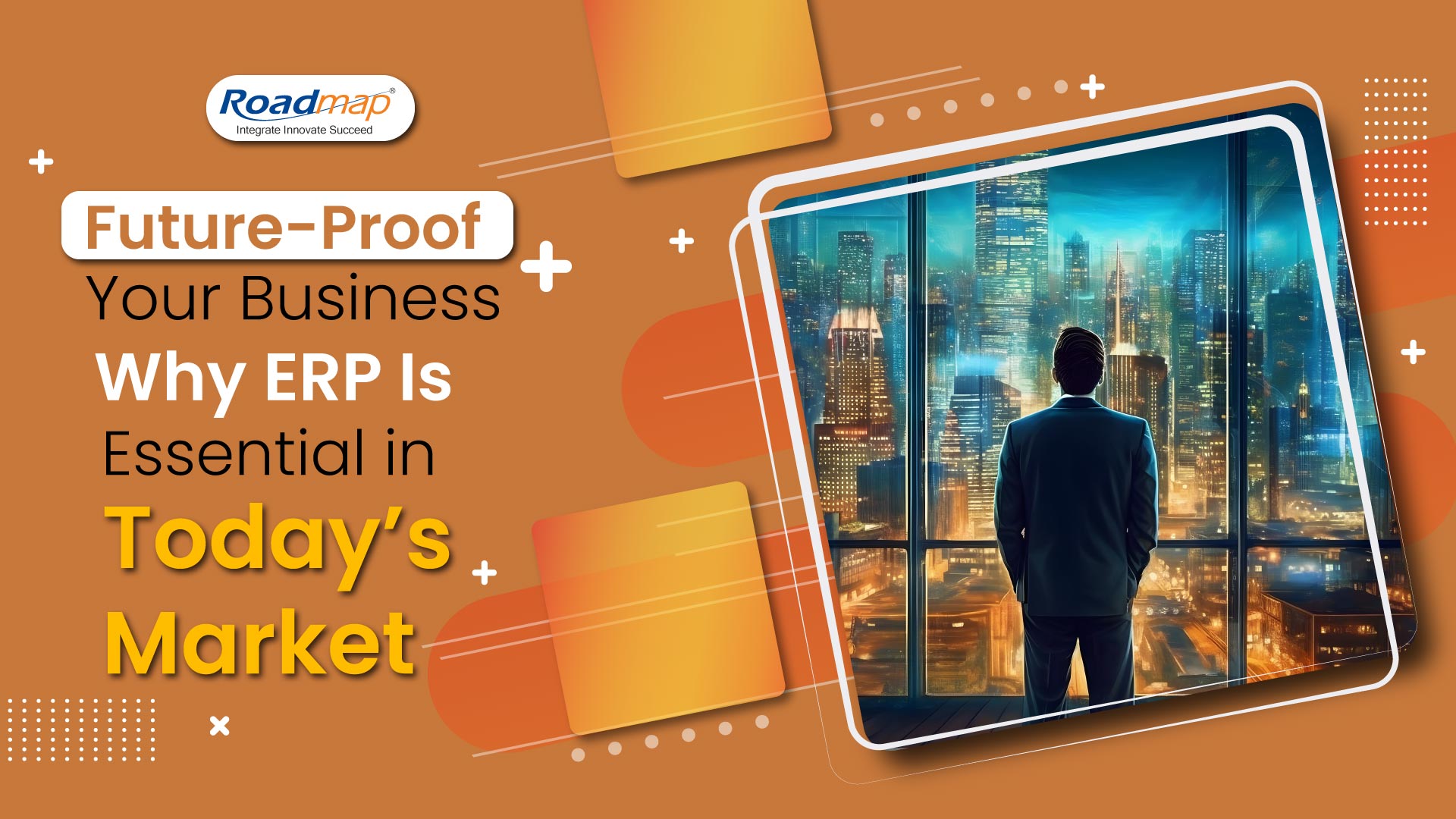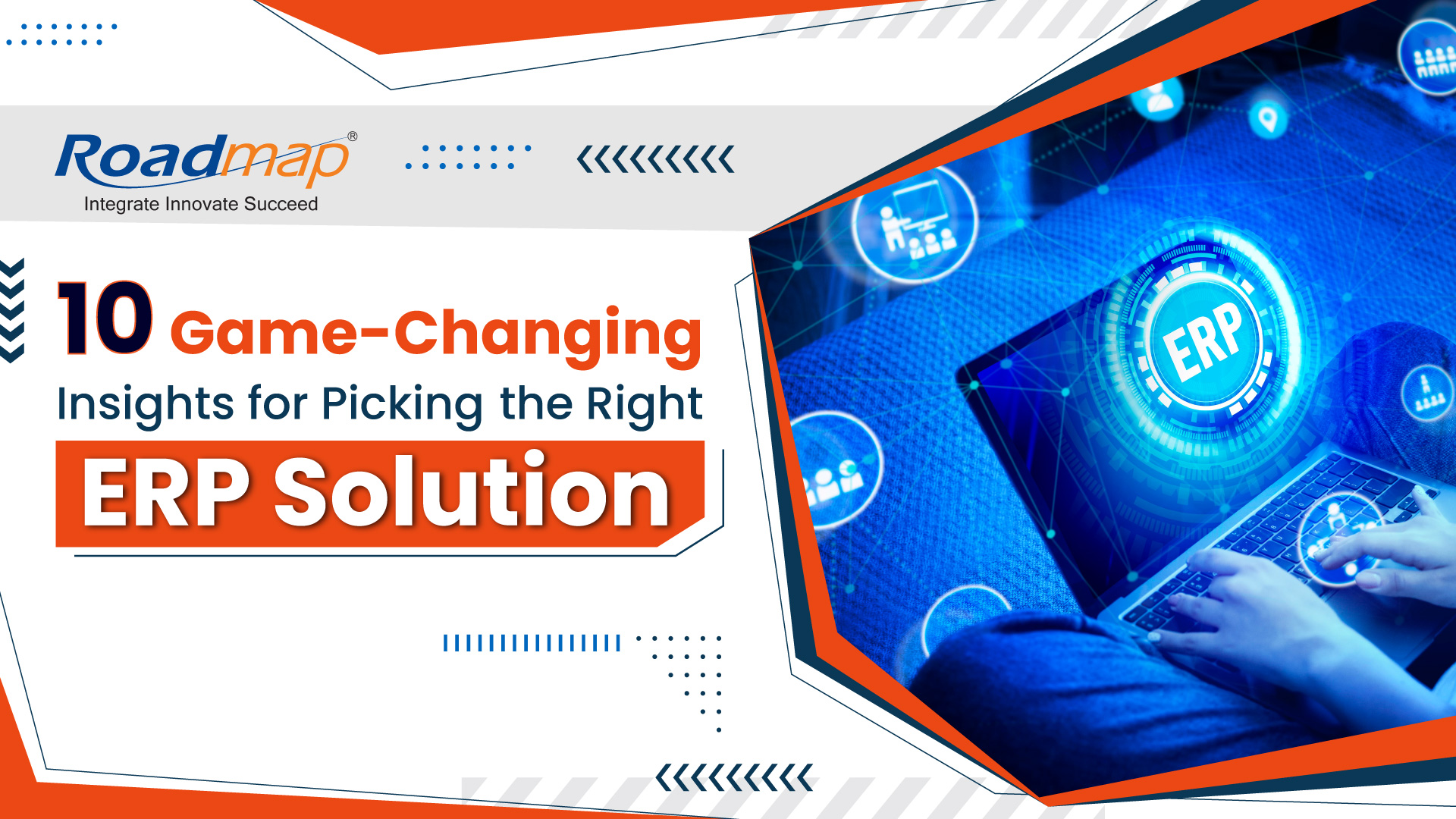A PHP Error was encountered
Severity: 8192
Message: Creation of dynamic property CI_URI::$config is deprecated
Filename: core/URI.php
Line Number: 101
Backtrace:
File: D:\INETPUB\VHOSTS\roadmapit.com\httpdocs\index.php
A PHP Error was encountered
Severity: 8192
Message: Creation of dynamic property CI_Router::$uri is deprecated
Filename: core/Router.php
Line Number: 127
Backtrace:
File: D:\INETPUB\VHOSTS\roadmapit.com\httpdocs\index.php
A PHP Error was encountered
Severity: 8192
Message: Creation of dynamic property Blog::$benchmark is deprecated
Filename: core/Controller.php
Line Number: 75
Backtrace:
File: D:\INETPUB\VHOSTS\roadmapit.com\httpdocs\application\controllers\blog.php
File: D:\INETPUB\VHOSTS\roadmapit.com\httpdocs\index.php
A PHP Error was encountered
Severity: 8192
Message: Creation of dynamic property Blog::$hooks is deprecated
Filename: core/Controller.php
Line Number: 75
Backtrace:
File: D:\INETPUB\VHOSTS\roadmapit.com\httpdocs\application\controllers\blog.php
File: D:\INETPUB\VHOSTS\roadmapit.com\httpdocs\index.php
A PHP Error was encountered
Severity: 8192
Message: Creation of dynamic property Blog::$config is deprecated
Filename: core/Controller.php
Line Number: 75
Backtrace:
File: D:\INETPUB\VHOSTS\roadmapit.com\httpdocs\application\controllers\blog.php
File: D:\INETPUB\VHOSTS\roadmapit.com\httpdocs\index.php
A PHP Error was encountered
Severity: 8192
Message: Creation of dynamic property Blog::$log is deprecated
Filename: core/Controller.php
Line Number: 75
Backtrace:
File: D:\INETPUB\VHOSTS\roadmapit.com\httpdocs\application\controllers\blog.php
File: D:\INETPUB\VHOSTS\roadmapit.com\httpdocs\index.php
A PHP Error was encountered
Severity: 8192
Message: Creation of dynamic property Blog::$utf8 is deprecated
Filename: core/Controller.php
Line Number: 75
Backtrace:
File: D:\INETPUB\VHOSTS\roadmapit.com\httpdocs\application\controllers\blog.php
File: D:\INETPUB\VHOSTS\roadmapit.com\httpdocs\index.php
A PHP Error was encountered
Severity: 8192
Message: Creation of dynamic property Blog::$uri is deprecated
Filename: core/Controller.php
Line Number: 75
Backtrace:
File: D:\INETPUB\VHOSTS\roadmapit.com\httpdocs\application\controllers\blog.php
File: D:\INETPUB\VHOSTS\roadmapit.com\httpdocs\index.php
A PHP Error was encountered
Severity: 8192
Message: Creation of dynamic property Blog::$exceptions is deprecated
Filename: core/Controller.php
Line Number: 75
Backtrace:
File: D:\INETPUB\VHOSTS\roadmapit.com\httpdocs\application\controllers\blog.php
File: D:\INETPUB\VHOSTS\roadmapit.com\httpdocs\index.php
A PHP Error was encountered
Severity: 8192
Message: Creation of dynamic property Blog::$router is deprecated
Filename: core/Controller.php
Line Number: 75
Backtrace:
File: D:\INETPUB\VHOSTS\roadmapit.com\httpdocs\application\controllers\blog.php
File: D:\INETPUB\VHOSTS\roadmapit.com\httpdocs\index.php
A PHP Error was encountered
Severity: 8192
Message: Creation of dynamic property Blog::$output is deprecated
Filename: core/Controller.php
Line Number: 75
Backtrace:
File: D:\INETPUB\VHOSTS\roadmapit.com\httpdocs\application\controllers\blog.php
File: D:\INETPUB\VHOSTS\roadmapit.com\httpdocs\index.php
A PHP Error was encountered
Severity: 8192
Message: Creation of dynamic property Blog::$security is deprecated
Filename: core/Controller.php
Line Number: 75
Backtrace:
File: D:\INETPUB\VHOSTS\roadmapit.com\httpdocs\application\controllers\blog.php
File: D:\INETPUB\VHOSTS\roadmapit.com\httpdocs\index.php
A PHP Error was encountered
Severity: 8192
Message: Creation of dynamic property Blog::$input is deprecated
Filename: core/Controller.php
Line Number: 75
Backtrace:
File: D:\INETPUB\VHOSTS\roadmapit.com\httpdocs\application\controllers\blog.php
File: D:\INETPUB\VHOSTS\roadmapit.com\httpdocs\index.php
A PHP Error was encountered
Severity: 8192
Message: Creation of dynamic property Blog::$lang is deprecated
Filename: core/Controller.php
Line Number: 75
Backtrace:
File: D:\INETPUB\VHOSTS\roadmapit.com\httpdocs\application\controllers\blog.php
File: D:\INETPUB\VHOSTS\roadmapit.com\httpdocs\index.php
A PHP Error was encountered
Severity: 8192
Message: Creation of dynamic property Blog::$load is deprecated
Filename: core/Controller.php
Line Number: 78
Backtrace:
File: D:\INETPUB\VHOSTS\roadmapit.com\httpdocs\application\controllers\blog.php
File: D:\INETPUB\VHOSTS\roadmapit.com\httpdocs\index.php
A PHP Error was encountered
Severity: 8192
Message: Return type of CI_Session_database_driver::open($save_path, $name) should either be compatible with SessionHandlerInterface::open(string $path, string $name): bool, or the #[\ReturnTypeWillChange] attribute should be used to temporarily suppress the notice
Filename: drivers/Session_database_driver.php
Line Number: 129
Backtrace:
File: D:\INETPUB\VHOSTS\roadmapit.com\httpdocs\application\controllers\blog.php
File: D:\INETPUB\VHOSTS\roadmapit.com\httpdocs\index.php
A PHP Error was encountered
Severity: 8192
Message: Return type of CI_Session_database_driver::close() should either be compatible with SessionHandlerInterface::close(): bool, or the #[\ReturnTypeWillChange] attribute should be used to temporarily suppress the notice
Filename: drivers/Session_database_driver.php
Line Number: 278
Backtrace:
File: D:\INETPUB\VHOSTS\roadmapit.com\httpdocs\application\controllers\blog.php
File: D:\INETPUB\VHOSTS\roadmapit.com\httpdocs\index.php
A PHP Error was encountered
Severity: 8192
Message: Return type of CI_Session_database_driver::read($session_id) should either be compatible with SessionHandlerInterface::read(string $id): string|false, or the #[\ReturnTypeWillChange] attribute should be used to temporarily suppress the notice
Filename: drivers/Session_database_driver.php
Line Number: 149
Backtrace:
File: D:\INETPUB\VHOSTS\roadmapit.com\httpdocs\application\controllers\blog.php
File: D:\INETPUB\VHOSTS\roadmapit.com\httpdocs\index.php
A PHP Error was encountered
Severity: 8192
Message: Return type of CI_Session_database_driver::write($session_id, $session_data) should either be compatible with SessionHandlerInterface::write(string $id, string $data): bool, or the #[\ReturnTypeWillChange] attribute should be used to temporarily suppress the notice
Filename: drivers/Session_database_driver.php
Line Number: 206
Backtrace:
File: D:\INETPUB\VHOSTS\roadmapit.com\httpdocs\application\controllers\blog.php
File: D:\INETPUB\VHOSTS\roadmapit.com\httpdocs\index.php
A PHP Error was encountered
Severity: 8192
Message: Return type of CI_Session_database_driver::destroy($session_id) should either be compatible with SessionHandlerInterface::destroy(string $id): bool, or the #[\ReturnTypeWillChange] attribute should be used to temporarily suppress the notice
Filename: drivers/Session_database_driver.php
Line Number: 295
Backtrace:
File: D:\INETPUB\VHOSTS\roadmapit.com\httpdocs\application\controllers\blog.php
File: D:\INETPUB\VHOSTS\roadmapit.com\httpdocs\index.php
A PHP Error was encountered
Severity: 8192
Message: Return type of CI_Session_database_driver::gc($maxlifetime) should either be compatible with SessionHandlerInterface::gc(int $max_lifetime): int|false, or the #[\ReturnTypeWillChange] attribute should be used to temporarily suppress the notice
Filename: drivers/Session_database_driver.php
Line Number: 333
Backtrace:
File: D:\INETPUB\VHOSTS\roadmapit.com\httpdocs\application\controllers\blog.php
File: D:\INETPUB\VHOSTS\roadmapit.com\httpdocs\index.php
A PHP Error was encountered
Severity: Warning
Message: ini_set(): Session ini settings cannot be changed after headers have already been sent
Filename: Session/Session.php
Line Number: 284
Backtrace:
File: D:\INETPUB\VHOSTS\roadmapit.com\httpdocs\application\controllers\blog.php
File: D:\INETPUB\VHOSTS\roadmapit.com\httpdocs\index.php
A PHP Error was encountered
Severity: Warning
Message: session_set_cookie_params(): Session cookie parameters cannot be changed after headers have already been sent
Filename: Session/Session.php
Line Number: 291
Backtrace:
File: D:\INETPUB\VHOSTS\roadmapit.com\httpdocs\application\controllers\blog.php
File: D:\INETPUB\VHOSTS\roadmapit.com\httpdocs\index.php
A PHP Error was encountered
Severity: Warning
Message: ini_set(): Session ini settings cannot be changed after headers have already been sent
Filename: Session/Session.php
Line Number: 316
Backtrace:
File: D:\INETPUB\VHOSTS\roadmapit.com\httpdocs\application\controllers\blog.php
File: D:\INETPUB\VHOSTS\roadmapit.com\httpdocs\index.php
A PHP Error was encountered
Severity: Warning
Message: ini_set(): Session ini settings cannot be changed after headers have already been sent
Filename: Session/Session.php
Line Number: 317
Backtrace:
File: D:\INETPUB\VHOSTS\roadmapit.com\httpdocs\application\controllers\blog.php
File: D:\INETPUB\VHOSTS\roadmapit.com\httpdocs\index.php
A PHP Error was encountered
Severity: Warning
Message: ini_set(): Session ini settings cannot be changed after headers have already been sent
Filename: Session/Session.php
Line Number: 318
Backtrace:
File: D:\INETPUB\VHOSTS\roadmapit.com\httpdocs\application\controllers\blog.php
File: D:\INETPUB\VHOSTS\roadmapit.com\httpdocs\index.php
A PHP Error was encountered
Severity: Warning
Message: ini_set(): Session ini settings cannot be changed after headers have already been sent
Filename: Session/Session.php
Line Number: 319
Backtrace:
File: D:\INETPUB\VHOSTS\roadmapit.com\httpdocs\application\controllers\blog.php
File: D:\INETPUB\VHOSTS\roadmapit.com\httpdocs\index.php
A PHP Error was encountered
Severity: Warning
Message: ini_set(): Session ini settings cannot be changed after headers have already been sent
Filename: Session/Session.php
Line Number: 377
Backtrace:
File: D:\INETPUB\VHOSTS\roadmapit.com\httpdocs\application\controllers\blog.php
File: D:\INETPUB\VHOSTS\roadmapit.com\httpdocs\index.php
A PHP Error was encountered
Severity: 8192
Message: Creation of dynamic property Blog::$db is deprecated
Filename: core/Loader.php
Line Number: 390
Backtrace:
File: D:\INETPUB\VHOSTS\roadmapit.com\httpdocs\application\controllers\blog.php
File: D:\INETPUB\VHOSTS\roadmapit.com\httpdocs\index.php
A PHP Error was encountered
Severity: 8192
Message: Creation of dynamic property CI_DB_mysqli_driver::$failover is deprecated
Filename: database/DB_driver.php
Line Number: 371
Backtrace:
File: D:\INETPUB\VHOSTS\roadmapit.com\httpdocs\application\controllers\blog.php
File: D:\INETPUB\VHOSTS\roadmapit.com\httpdocs\index.php
A PHP Error was encountered
Severity: Warning
Message: session_set_save_handler(): Session save handler cannot be changed after headers have already been sent
Filename: Session/Session.php
Line Number: 110
Backtrace:
File: D:\INETPUB\VHOSTS\roadmapit.com\httpdocs\application\controllers\blog.php
File: D:\INETPUB\VHOSTS\roadmapit.com\httpdocs\index.php
A PHP Error was encountered
Severity: Warning
Message: session_start(): Session cannot be started after headers have already been sent
Filename: Session/Session.php
Line Number: 143
Backtrace:
File: D:\INETPUB\VHOSTS\roadmapit.com\httpdocs\application\controllers\blog.php
File: D:\INETPUB\VHOSTS\roadmapit.com\httpdocs\index.php
A PHP Error was encountered
Severity: 8192
Message: Creation of dynamic property Blog::$session is deprecated
Filename: core/Loader.php
Line Number: 1279
Backtrace:
File: D:\INETPUB\VHOSTS\roadmapit.com\httpdocs\application\controllers\blog.php
File: D:\INETPUB\VHOSTS\roadmapit.com\httpdocs\index.php
A PHP Error was encountered
Severity: 8192
Message: Creation of dynamic property Blog::$pagination is deprecated
Filename: core/Loader.php
Line Number: 1279
Backtrace:
File: D:\INETPUB\VHOSTS\roadmapit.com\httpdocs\application\controllers\blog.php
File: D:\INETPUB\VHOSTS\roadmapit.com\httpdocs\index.php
A PHP Error was encountered
Severity: 8192
Message: Creation of dynamic property Blog::$blog_model is deprecated
Filename: core/Loader.php
Line Number: 353
Backtrace:
File: D:\INETPUB\VHOSTS\roadmapit.com\httpdocs\application\controllers\blog.php
File: D:\INETPUB\VHOSTS\roadmapit.com\httpdocs\index.php
A PHP Error was encountered
Severity: 8192
Message: Creation of dynamic property Blog::$data is deprecated
Filename: controllers/blog.php
Line Number: 83
Backtrace:
File: D:\INETPUB\VHOSTS\roadmapit.com\httpdocs\application\controllers\blog.php
File: D:\INETPUB\VHOSTS\roadmapit.com\httpdocs\index.php
A PHP Error was encountered
Severity: 8192
Message: Creation of dynamic property CI_Loader::$benchmark is deprecated
Filename: core/Loader.php
Line Number: 925
Backtrace:
File: D:\INETPUB\VHOSTS\roadmapit.com\httpdocs\application\controllers\blog.php
File: D:\INETPUB\VHOSTS\roadmapit.com\httpdocs\index.php
A PHP Error was encountered
Severity: 8192
Message: Creation of dynamic property CI_Loader::$hooks is deprecated
Filename: core/Loader.php
Line Number: 925
Backtrace:
File: D:\INETPUB\VHOSTS\roadmapit.com\httpdocs\application\controllers\blog.php
File: D:\INETPUB\VHOSTS\roadmapit.com\httpdocs\index.php
A PHP Error was encountered
Severity: 8192
Message: Creation of dynamic property CI_Loader::$config is deprecated
Filename: core/Loader.php
Line Number: 925
Backtrace:
File: D:\INETPUB\VHOSTS\roadmapit.com\httpdocs\application\controllers\blog.php
File: D:\INETPUB\VHOSTS\roadmapit.com\httpdocs\index.php
A PHP Error was encountered
Severity: 8192
Message: Creation of dynamic property CI_Loader::$log is deprecated
Filename: core/Loader.php
Line Number: 925
Backtrace:
File: D:\INETPUB\VHOSTS\roadmapit.com\httpdocs\application\controllers\blog.php
File: D:\INETPUB\VHOSTS\roadmapit.com\httpdocs\index.php
A PHP Error was encountered
Severity: 8192
Message: Creation of dynamic property CI_Loader::$utf8 is deprecated
Filename: core/Loader.php
Line Number: 925
Backtrace:
File: D:\INETPUB\VHOSTS\roadmapit.com\httpdocs\application\controllers\blog.php
File: D:\INETPUB\VHOSTS\roadmapit.com\httpdocs\index.php
A PHP Error was encountered
Severity: 8192
Message: Creation of dynamic property CI_Loader::$uri is deprecated
Filename: core/Loader.php
Line Number: 925
Backtrace:
File: D:\INETPUB\VHOSTS\roadmapit.com\httpdocs\application\controllers\blog.php
File: D:\INETPUB\VHOSTS\roadmapit.com\httpdocs\index.php
A PHP Error was encountered
Severity: 8192
Message: Creation of dynamic property CI_Loader::$exceptions is deprecated
Filename: core/Loader.php
Line Number: 925
Backtrace:
File: D:\INETPUB\VHOSTS\roadmapit.com\httpdocs\application\controllers\blog.php
File: D:\INETPUB\VHOSTS\roadmapit.com\httpdocs\index.php
A PHP Error was encountered
Severity: 8192
Message: Creation of dynamic property CI_Loader::$router is deprecated
Filename: core/Loader.php
Line Number: 925
Backtrace:
File: D:\INETPUB\VHOSTS\roadmapit.com\httpdocs\application\controllers\blog.php
File: D:\INETPUB\VHOSTS\roadmapit.com\httpdocs\index.php
A PHP Error was encountered
Severity: 8192
Message: Creation of dynamic property CI_Loader::$output is deprecated
Filename: core/Loader.php
Line Number: 925
Backtrace:
File: D:\INETPUB\VHOSTS\roadmapit.com\httpdocs\application\controllers\blog.php
File: D:\INETPUB\VHOSTS\roadmapit.com\httpdocs\index.php
A PHP Error was encountered
Severity: 8192
Message: Creation of dynamic property CI_Loader::$security is deprecated
Filename: core/Loader.php
Line Number: 925
Backtrace:
File: D:\INETPUB\VHOSTS\roadmapit.com\httpdocs\application\controllers\blog.php
File: D:\INETPUB\VHOSTS\roadmapit.com\httpdocs\index.php
A PHP Error was encountered
Severity: 8192
Message: Creation of dynamic property CI_Loader::$input is deprecated
Filename: core/Loader.php
Line Number: 925
Backtrace:
File: D:\INETPUB\VHOSTS\roadmapit.com\httpdocs\application\controllers\blog.php
File: D:\INETPUB\VHOSTS\roadmapit.com\httpdocs\index.php
A PHP Error was encountered
Severity: 8192
Message: Creation of dynamic property CI_Loader::$lang is deprecated
Filename: core/Loader.php
Line Number: 925
Backtrace:
File: D:\INETPUB\VHOSTS\roadmapit.com\httpdocs\application\controllers\blog.php
File: D:\INETPUB\VHOSTS\roadmapit.com\httpdocs\index.php
A PHP Error was encountered
Severity: 8192
Message: Creation of dynamic property CI_Loader::$load is deprecated
Filename: core/Loader.php
Line Number: 925
Backtrace:
File: D:\INETPUB\VHOSTS\roadmapit.com\httpdocs\application\controllers\blog.php
File: D:\INETPUB\VHOSTS\roadmapit.com\httpdocs\index.php
A PHP Error was encountered
Severity: 8192
Message: Creation of dynamic property CI_Loader::$db is deprecated
Filename: core/Loader.php
Line Number: 925
Backtrace:
File: D:\INETPUB\VHOSTS\roadmapit.com\httpdocs\application\controllers\blog.php
File: D:\INETPUB\VHOSTS\roadmapit.com\httpdocs\index.php
A PHP Error was encountered
Severity: 8192
Message: Creation of dynamic property CI_Loader::$session is deprecated
Filename: core/Loader.php
Line Number: 925
Backtrace:
File: D:\INETPUB\VHOSTS\roadmapit.com\httpdocs\application\controllers\blog.php
File: D:\INETPUB\VHOSTS\roadmapit.com\httpdocs\index.php
A PHP Error was encountered
Severity: 8192
Message: Creation of dynamic property CI_Loader::$pagination is deprecated
Filename: core/Loader.php
Line Number: 925
Backtrace:
File: D:\INETPUB\VHOSTS\roadmapit.com\httpdocs\application\controllers\blog.php
File: D:\INETPUB\VHOSTS\roadmapit.com\httpdocs\index.php
A PHP Error was encountered
Severity: 8192
Message: Creation of dynamic property CI_Loader::$blog_model is deprecated
Filename: core/Loader.php
Line Number: 925
Backtrace:
File: D:\INETPUB\VHOSTS\roadmapit.com\httpdocs\application\controllers\blog.php
File: D:\INETPUB\VHOSTS\roadmapit.com\httpdocs\index.php
A PHP Error was encountered
Severity: 8192
Message: Creation of dynamic property CI_Loader::$data is deprecated
Filename: core/Loader.php
Line Number: 925
Backtrace:
File: D:\INETPUB\VHOSTS\roadmapit.com\httpdocs\application\controllers\blog.php
File: D:\INETPUB\VHOSTS\roadmapit.com\httpdocs\index.php
Big Data; In-Memory Computing; and ERP
Big Data; In-Memory Computing; and ERP
The core purpose of Big-data
technologies is to ease the storage, processing, and analysis of the
perpetually exploding volume of data; to make it accessible to multiple users
in the respective format desired by each user; all in almost real-time speed.
Thanks to the non-volatile random access memory technology propelled In-Memory
Computing (IMC); realizing the purpose of Big-data technologies is no more a myth.
In-memory computing technology utilizes non-volatile random access memory to
store, process, and deliver data using the sophisticated Data Compression
technique, at speeds that are more than 10,000 times faster than the typical
disk drives / hard drives.
Online
Transaction Processing (OLTP) is a class of software programs capable of
supporting accounting transaction-oriented applications on the Internet. OLTP
systems are also used for order entry, financial transactions, customer
relationship management (CRM) and retail sales. Online Analytical Processing
(OLAP) is the technology behind the limitless report viewing, complex
analytical calculating, and predictive budgeting and forecasting oriented
Business Intelligence (BI) functions; and Data Mining, Data Discovery, and Data
Warehousing services. As ERP embraces almost all the transactions and processes
mentioned above, it happens to be one of the major contributors to the present
day Big-data traffic, through OLTP and OLAP.
The
steady growth of customer bases at various levels has led to the perennial
growth of data. Irrespective of the enormity of that data, the highly
competitive market scenario demands its real-time analysis and user-specific
distribution. To scale such disproportionate Business Requirement Vs Digital
Support situation, the ERP enriched with In-memory computing power comes as a
boon. In-memory computing powered ERP solutions are capacitated to perform
client/industry/user-specific in-memory database management (IMDB), and
in-memory database analytics, and seamlessly bridge any extent of the
difference between business needs and data piling.
There
is a prevalent notion that in-memory computing is very expensive. But, with the
passage of time, the costs of non-volatile RAMs have almost come down to the
level of hard drive storage facilities. This makes the deployment of in-memory
computing in ERPs very affordable; thus, making in-memory ERPs the preferred
and affordable choice for all businesses. Consequentially business stakeholders
can remain assured of scaling any kind of industrial Digital Transformation
that they might have to come across in the future.
© 2025 - All Rights Reserved | Roadmap IT Solutions (P) Ltd.





